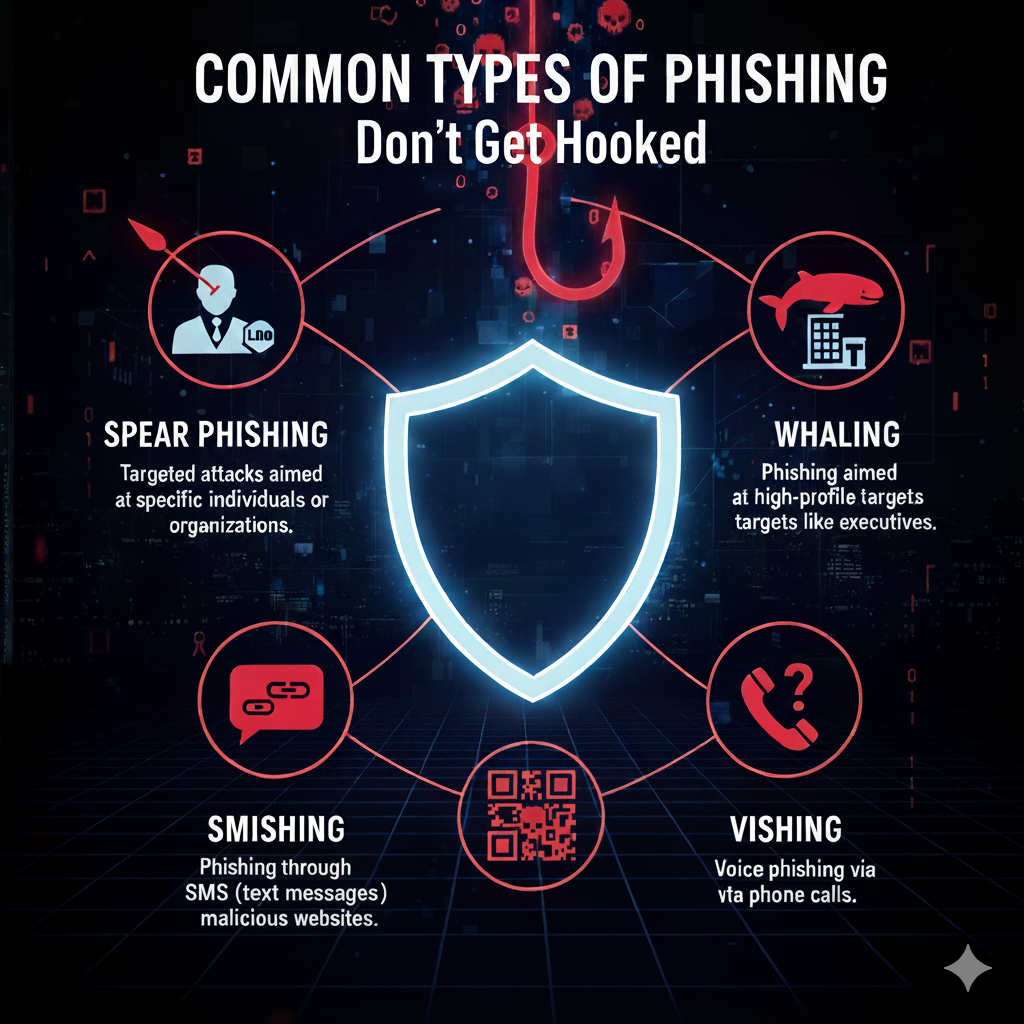Understanding Cyberspace and Cybersecurity
Understanding the digital landscape and protecting yourself online
Cyberspace is the global ecosystem of interconnected networks, devices, and systems that enable digital communication and online interaction. It includes the Internet, telecommunications, cloud platforms, servers, and the infrastructure that supports our daily digital activities—whether we are browsing, communicating, working, or learning.
Cybersecurity is the practice of protecting this digital environment from unauthorized access, cyberattacks, and data breaches. It involves safeguarding devices, software, and sensitive information from threats that can cause disruption, financial loss, or reputational damage.
The Importance of Cybersecurity
Cyber threats are a growing concern worldwide, and Trinidad and Tobago is no exception. A single incident can disrupt business operations, compromise personal privacy, and affect national stability. Crimes that occur in the physical world—such as theft, fraud, and exploitation—also take place online, where they are known as cybercrimes.
Common types of cybercrime include:
- Identity Theft – Stealing personal information to impersonate someone online.
- Child Sexual Abuse Material – Sharing or possessing illegal and harmful digital content.
- Financial Theft – Unauthorized access to financial systems or bank accounts.
- Intellectual Property Violations – Copying or distributing copyrighted material without permission.
- Malware – Software designed to damage, disrupt, or disable systems.
- Social Engineering – Manipulating individuals into revealing confidential information.
Understanding Common Cyber Threats
What is Malware?
Malware (malicious software) refers to programs created to damage, spy on, or steal data from systems. It behaves like a digital infection that can spread quickly and cause severe harm.
- Viruses – Attach to legitimate files or programs and spread when executed, often corrupting data.
- Ransomware – Encrypts files and demands payment for their release, often spread through phishing emails or infected websites.
- Spyware and Adware – Monitor online behavior, collect data, or display unwanted advertisements.
- Trojans – Disguised as legitimate software to trick users into installing them.
How Does Malware Spread?
- Clicking links or downloading attachments in phishing emails.
- Visiting infected or compromised websites.
- Installing unverified software or apps from unofficial sources.
- Using infected USB drives or external storage devices.
- Falling for fake update pop-ups or online advertisements.
- Receiving infected files via social media or messaging apps.
What is Hacking?
Hacking involves gaining unauthorized access to systems or data. While some hacking is used for legitimate testing (ethical hacking), malicious hackers often exploit weaknesses to steal, alter, or destroy information.
What is Social Engineering?
Social engineering attacks exploit human psychology rather than technical vulnerabilities. Attackers impersonate trusted individuals or organizations to trick victims into revealing personal or financial information.
What is Phishing?
Phishing is a form of social engineering where attackers send fraudulent messages pretending to be legitimate entities, such as banks or government agencies. These messages often use urgent language or realistic branding to trick victims into clicking malicious links or sharing sensitive information.
Practicing Good Cyber Hygiene
Cyber hygiene refers to maintaining responsible online habits that reduce the risk of cyber threats. Good practices include:
- Using strong, unique passwords for every account and enabling multi-factor authentication (MFA).
- Updating software and devices regularly to patch known vulnerabilities.
- Avoiding suspicious links or attachments in emails and messages.
- Backing up important data to secure, offline storage.
- Being cautious on public Wi-Fi and using a trusted VPN for sensitive activities.
- Limiting oversharing online, especially personal or location details.
Emerging Cyber Threats
As technology evolves, so do the tactics of cybercriminals. Two of the fastest-growing threats today are AI-generated scams and deepfakes. These threats leverage artificial intelligence to make cyberattacks more convincing and harder to detect.
AI-Generated Scams
Cybercriminals now use AI tools to craft highly realistic emails, social media messages, and phone scams. These messages can mimic the tone and writing style of trusted contacts, making it difficult to distinguish real communication from fake ones.
- AI can automatically generate thousands of phishing emails tailored to your interests or location.
- Fraudsters use voice cloning to impersonate executives or family members asking for urgent money transfers.
- Scammers create fake websites or chatbots that replicate legitimate brands with remarkable accuracy.
Deepfakes
Deepfakes use AI-generated imagery, audio, or video to impersonate real people. They can be used to spread misinformation, commit fraud, or damage reputations.
- Attackers create fake videos of executives or public officials making false statements.
- Deepfake voices can be used to authorize fraudulent financial transactions.
- Malicious actors use deepfakes for blackmail, harassment, or political manipulation.
AI-driven scams and deepfakes represent the next phase of cyber deception. Awareness and skepticism are your best defenses—if something feels off, pause and verify before responding or sharing.
Building a Cyber-Aware Culture
Cybersecurity is everyone’s responsibility. Whether you are an individual, business, or government entity, staying informed and proactive is the best defense. Regular awareness training, safe digital habits, and prompt reporting of suspicious activity all contribute to a more secure Trinidad and Tobago.

